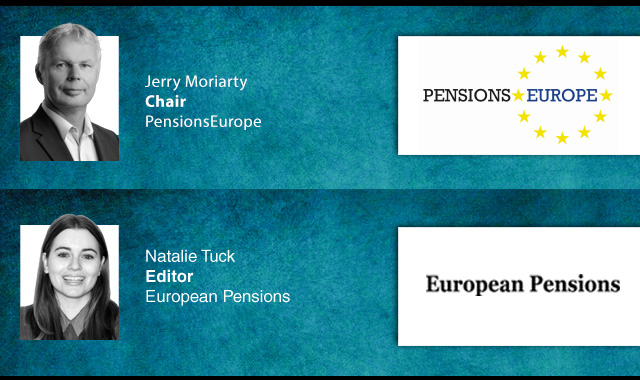The European Commission’s investment product disclosure for PRIPs should also cover occupational pension schemes, the European Fund and Asset Management Association (EFAMA) has said.
The key information documents for packaged retail investment products (PRIPs KIDs) are aimed to provide investors with more transparency on the products they invest in, but EFAMA believes occupational pension schemes covered by the IORP Directive should not be excluded from this, the association said at its London media briefing yesterday.
EFAMA president Claude Kremer said that, with a view on better investor protection, occupational pensions should also be included in the regulation, as scheme members also need more transparency. “Some rules about transparency should apply across the sector, irrespective of where they are coming from,” he said.
During the briefing, EFAMA also gave an update on their idea of an Officially Certified European Retirement Plan (OCERP), a pan-European pension product which should comply with a set of unified standards across Europe.
Since the idea of the OCERP was introduced, the European Commission launched its White Paper on Pensions and included a chapter on private pensions in its White Paper on PRIPs, the association said. To keep the debate running, the association itself organised a Pension Day last April.
EFAMA explained that the OCERP is an officially certified pan-European retirement plan that is based on the principle of individual accounts (one account per person) and individual ownership of assets; offers different investment options with considerable flexibility in the choice of underlying assets; and meets criteria common to all European countries.
Furthermore, it can be transferred from one European country to another as long as it has been certified by the competent authority of a Member State; and can be offered by pension funds, insurers, banks and asset managers.
However, the association did admit that, although there would not be any more administrative troubles or multiple plans under this scheme, the employee would still have to adapt to different tax systems.
It concluded: “We don’t propose to harmonise the existing national pension regimes. What we propose is to create an additional choice for retirement saving, i.e a robust personal retirement plan, with unified standards across Europe and flexibility to meet some national concerns.”
But currently the OCERP proposal meets the same obstacles that the IORP faces, in that the organisation of national pension systems remains a national responsibility, and that social, labour and tax laws are different in every Member State.
Latest News
-
Looking back: A year in review
-
Looking back: The most read stories of 2025
-
SNS Reaal delays transition to new pension system due to admin capacity
-
France’s ERAFP awards three SRI mandates for EM credit bonds
-
News in brief: 23 December
-
Cross-border IORP activity remains stable in EEA, EIOPA report finds
Podcast: Stepping up to the challenge

In the latest European Pensions podcast, Natalie Tuck talks to PensionsEurope chair, Jerry Moriarty, about his new role and the European pension policy agenda
Podcast: The benefits of private equity in pension fund portfolios

The outbreak of the Covid-19 pandemic, in which stock markets have seen increased volatility, combined with global low interest rates has led to alternative asset classes rising in popularity. Private equity is one of the top runners in this category, and for good reason.
In this podcast, Munich Private Equity Partners Managing Director, Christopher Bär, chats to European Pensions Editor, Natalie Tuck, about the benefits private equity investments can bring to pension fund portfolios and the best approach to take.
In this podcast, Munich Private Equity Partners Managing Director, Christopher Bär, chats to European Pensions Editor, Natalie Tuck, about the benefits private equity investments can bring to pension fund portfolios and the best approach to take.
Mitigating risk
BNP Paribas Asset Management’s head of pension solutions, Julien Halfon, discusses equity hedging with Laura Blows
© 2019 Perspective Publishing Privacy & Cookies







Recent Stories